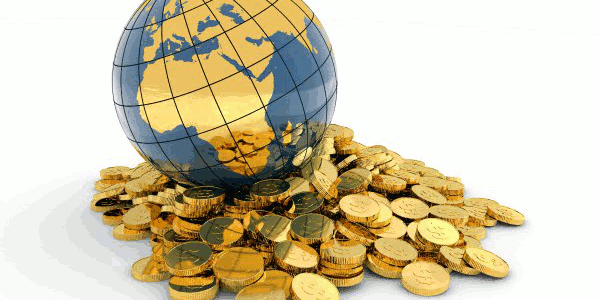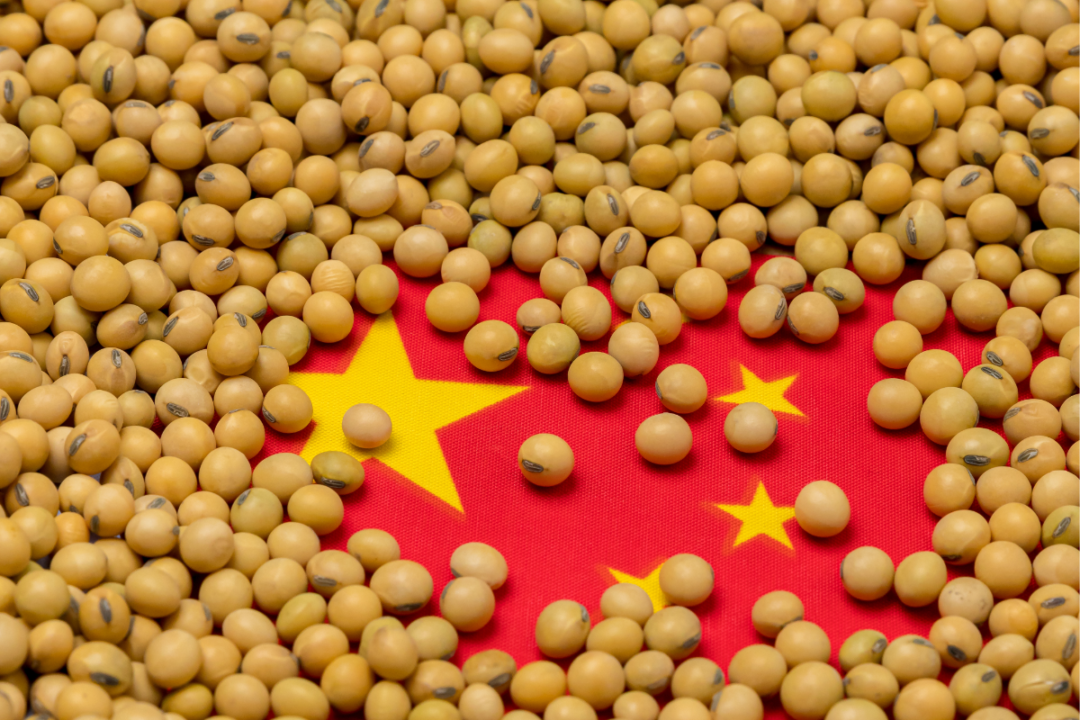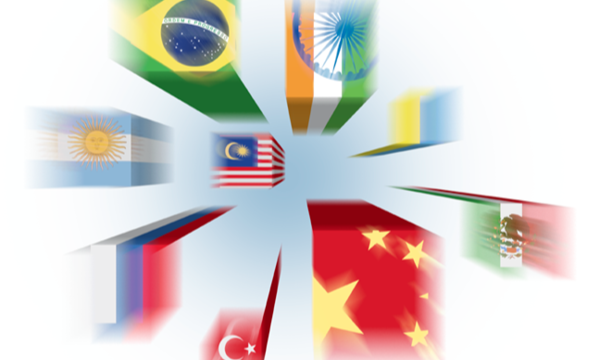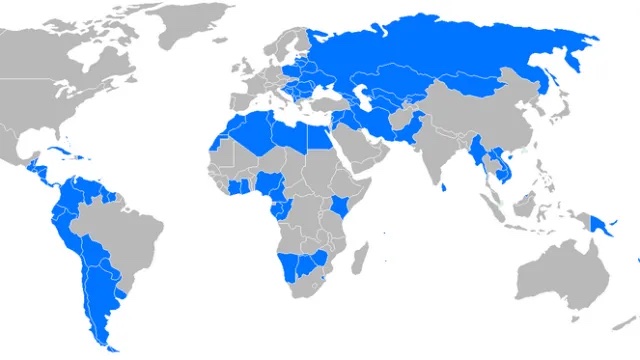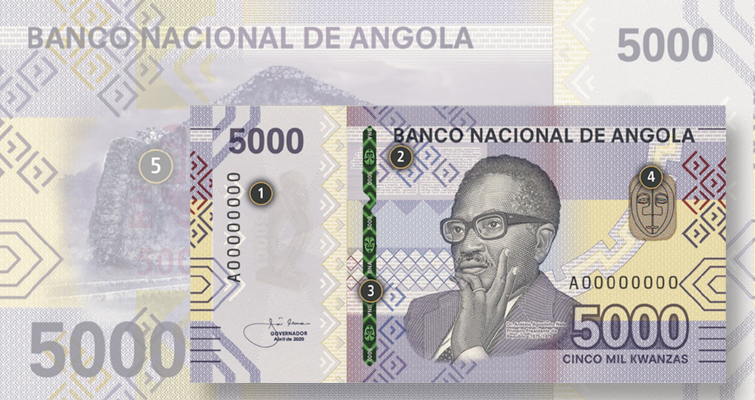Donald Trump’s multi-front trade disputes are gradually turning into something that could be even more damaging to the global economy: a currency war.
China, in particular, appears ready to use the value of the yuan as a weapon in the trade war.
“The recent devaluation is raising fears a currency war is imminent,” writes Robin Brooks, chief economist at the International Institute of Finance, a Washington, D.C.-based bank lobby, in a research note with co-authors. “The speed of recent declines is notable and likely a signal from Beijing that the difficulty of trade relations with the US is becoming a major irritant.”
The IIF says China was probably trying to placate the Trump administration up until recently, but the American trade team’s intransigence on tariffs and other protectionist measures have upped the ante.
“Our best interpretation is that trade-weighted appreciation from mid-2017 until a few weeks ago was China putting its best foot forward in the growing trade dispute with the US,” Brooks said.
“Recent declines are then a sign of exasperation, a throwing up of hands, at the unpredictability of trade tensions. What matters, of course, is what comes next, whether recent RMB weakness marks the beginning of a currency war, a period of tit-for-tat competitive devaluation.”
Robins still thinks a currency war will be avoided “because both China and the US have too much to lose,” though this hardly seems like great comfort given an American president that doesn’t seem too concerned about his own country “losing”, — especially not in the arena of international commerce.
Donald Trump’s erratic presidency has been consistent in its protectionist overtone, even if it took him some time to actually kick off the trade war-mongering that, along with racially-charged and anti-immigrant sentiment, fueled his US presidential campaign.
But now that his tariffs on steel and aluminum has been broadened to tariffs on auto imports and Chinese goods — which Trump is threatening to double— the danger of a negative loop has increased sharply.
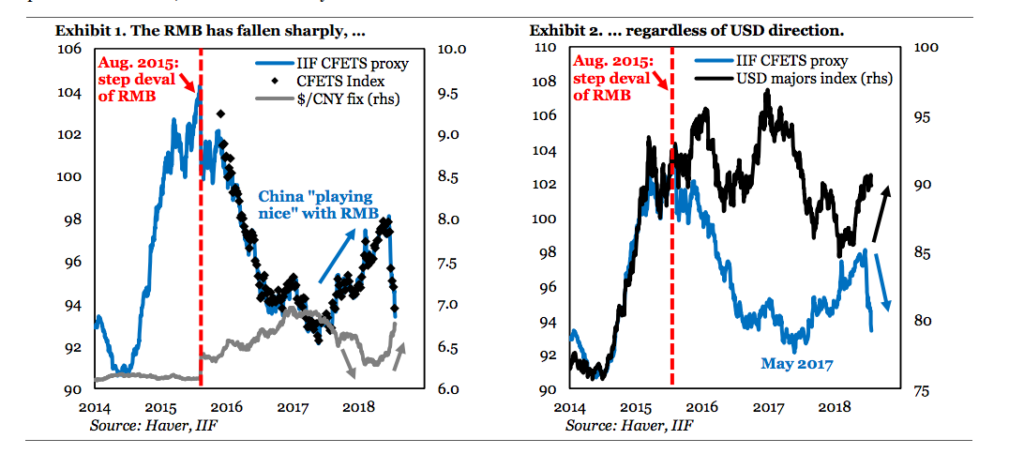

“China’s Achilles heel is a potential resumption of capital flight, which we believe could again become an issue as the yuan approaches 7.00,” the IIF says. “The US’ Achilles heel is the S&P 500, which fell sharply on rising risk aversion during the 2015/6 RMB devaluation scare. In our view, given how little is priced, there is limited room for further escalation in trade tensions and no room whatsoever for competitive devaluation, let alone a currency war.”
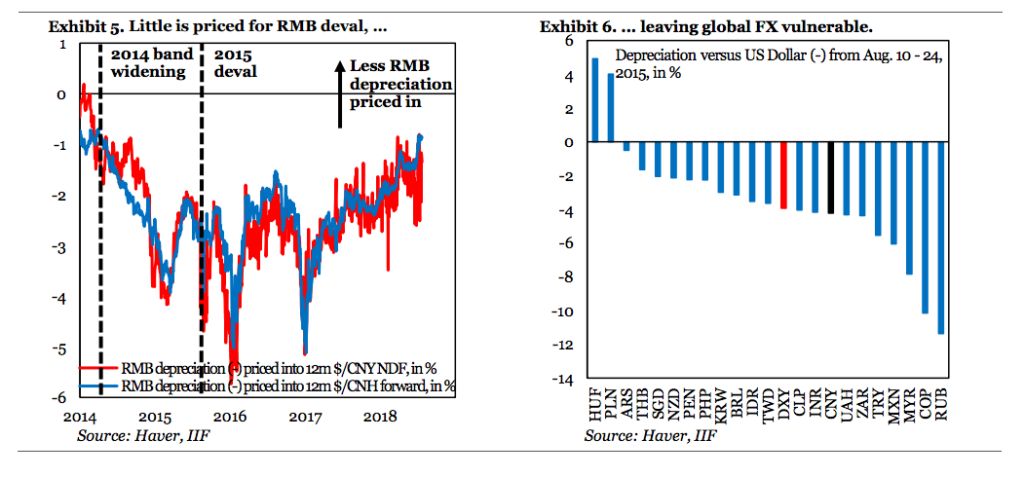
The president has alienated neighbors and longstanding, loyal trading partners Mexico and Canada, taken jabs at key European partners, and continues to bash the North American Treaty Organization (NATO) that has underpinned Western security for 70 years.
“Never before have we seen an inept and corrupt government at the helm of the United States, the world’s largest economy,” Susan Aaronson, trade expert and professor at George Washington University’s Elliot School of International Affairs, told Emerging Market Views.
“The administration is in danger of harming the very industries it seeks to protect by the imposition of the proposed tariffs,” the Consumer Technology Association said in a public letter to the US Trade Representative, Robert Lighthizer.
“The administration is increasingly placing companies in a position of double jeopardy by placing tariffs on their own products while simultaneously dis-incentivizing manufacturing in the United States by placing tariffs on needed machinery.”
Wall Street has remained largely complacent to trade war risks, hoping tax cuts and stock buybacks are just the tonic needed to soothe trade worries. They might begin to get more queasy if currency markets are pushed more directly into the mix.
“If it becomes evident that the current trade war is shifting towards a currency war, expect risk assets to tumble heavily —investors need to keep a close eye for such developments,” Hussein Al Sayed, chief market strategist at FXTM, wrote in a research note.
“Going forward, the yuan will be a key currency to watch as a break above 6.8 will draw more criticism to China and the way they are managing their currency.”
Charts: IIF, Haver Analytics

